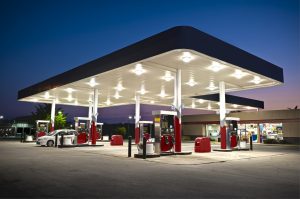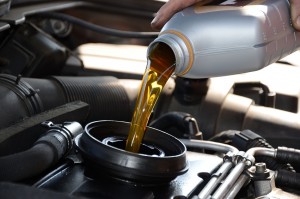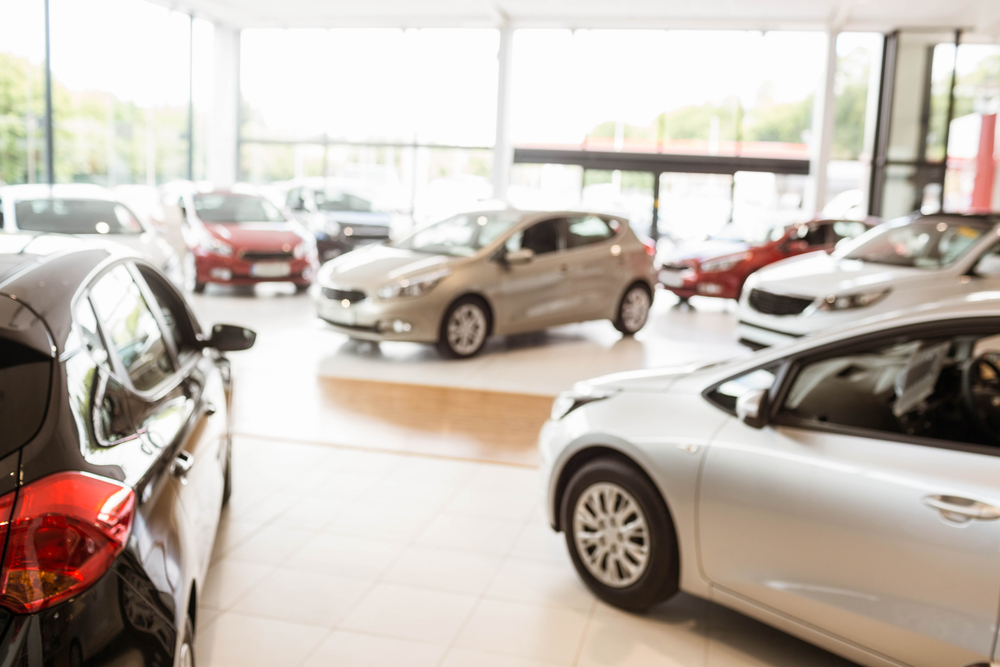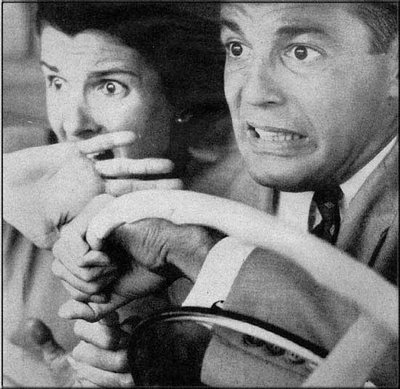6 Car Myths You Should Stop Believing!
Apart from urban legends like the Loch Ness Monster and the Bermuda Triangle, few topics have as  many myths as the auto industry. There are hundreds, maybe thousands of statements, tips and so-called expertise waiting to be proven wrong. As a matter of fact, many of them have been exposed, but too many people still think they’re true. There might be a few which you think are the truth. You might even plan your driving habits, car maintenance schedules, and safety practices around them. Hopefully, if you so believe some of the auto myths mentioned in this post, you’ll be liberated by the time you’re finished reading.
many myths as the auto industry. There are hundreds, maybe thousands of statements, tips and so-called expertise waiting to be proven wrong. As a matter of fact, many of them have been exposed, but too many people still think they’re true. There might be a few which you think are the truth. You might even plan your driving habits, car maintenance schedules, and safety practices around them. Hopefully, if you so believe some of the auto myths mentioned in this post, you’ll be liberated by the time you’re finished reading.
Alternative brand gas will hurt your car
If you live here in Canada, there’s a good chance you fill your tank at one of the following gas stations: Petro-Canada, Esso, Shell and the newcomer, Husky. Now, you’ve probably passed by a “no-name brand” gas station several times, paying it no attention. You may have even passed it on a nearly empty tank, thinking it’s probably low quality. If you ignore it because it’s not a brand you’ve grown up seeing, you can put your concerns to rest. Filling up at an alternative gas station won’t put bad or low quality fuel into your car. All gas stations have to meet industry standards if they are to remain in business. Additionally, these gas stations can come in handy when you want to spend a bit less at the pump. Now if you skip past a particular gas station because you won’t get any points there, then that’s a different story altogether.
You need an oil change every 3000 miles
This myth is so widespread, that the U.S. government is planning a campaign to inform people that it just isn’t true. There was a time when the 3,000 mile rule applied, but things have changed drastically over the years. In fact, this myth belongs to the 60s and 70s, when the Beatles were dominating the charts. Better engines and better motor oil means that the vehicles of today can withstand much longer periods of having no oil changes, so the 3,000 mile rule is no longer a rule at all. The average car can go 5,000 – 10,000 miles without a need for an oil change, and there’s a strong likelihood that your vehicle is in the same category. However, if you’re still unsure when to change your oil, the solution is simple – consult your car manual or manufacturer for their recommendations.
Premium gas makes regular vehicles run better
Could you turn a terrier into a great dane? No. However, there’s some magical thinking akin to the absurdity of transforming dog breeds. In the auto world, there’s the belief that premium gas will make a car that uses regular gas run smoother. Sorry, but this isn’t true. Premium gas isn’t really superior to regular gas; it’s just more suitable for cars with powerful engines because it’s more combustible. However, it’s not any cleaner, neither purer, and if your engine wasn’t designed for premium gas, you probably won’t see any differences at all. But you can be sure to expect one thing: a higher number on your receipt every time you leave the pump.
New cars are more likely to be stolen
Have you ever seen how attached some people are to their new cars? They ogle it, talk about it, they might even talk to it as if they were holding a newborn baby. These are often the same people who were paranoid about where they park for the fear of their new ride getting stolen. Sounds familiar? If this describes a friend, relative or you, take heart knowing that thieves aren’t hunting for latest car models. Some car makes have a huge amount of interchangeable parts (ie. Honda), making them an attractive option for street racers and other criminals who use cars for illegal purposes. But this problem is actually more common in older vehicles. Also, newer vehicles have much tighter security systems, making it harder for thieves to steal them. There’s also the issue of driver habits – some people park in rough neighbourhoods, leave their keys inside with the driver door unlocked (oh yes, some do it), and flaunt a little too much around the wrong company. Generally speaking, cars are stolen because being in the wrong place at the wrong time, not because they’re new.
“No fault” insurance means you’re off the hook
 Another car myth that catches drivers off guard is the “at fault” and “no fault” distinctions for car accidents. Everyone knows what happens if an insurance company deems you as the one responsible for an accident – your rates go up. That’s terrible news, especially for the male drivers under 25. But people often misunderstand the “no fault” label. Let’s say you got into a car accident (hopefully it doesn’t happen at all). The insurance company might determine it’s a “no fault” accident, but that doesn’t mean you’re going to get away scot free. Someone is always at fault in an accident; either one person takes the blame entirely or the blame is shared. A “no fault” label simply means that your insurance company will pay for your damages. But your insurance premium will still go up. On the flip side, if the other driver is 100% responsible, then you have nothing to worry about.
Another car myth that catches drivers off guard is the “at fault” and “no fault” distinctions for car accidents. Everyone knows what happens if an insurance company deems you as the one responsible for an accident – your rates go up. That’s terrible news, especially for the male drivers under 25. But people often misunderstand the “no fault” label. Let’s say you got into a car accident (hopefully it doesn’t happen at all). The insurance company might determine it’s a “no fault” accident, but that doesn’t mean you’re going to get away scot free. Someone is always at fault in an accident; either one person takes the blame entirely or the blame is shared. A “no fault” label simply means that your insurance company will pay for your damages. But your insurance premium will still go up. On the flip side, if the other driver is 100% responsible, then you have nothing to worry about.
You should warm up for a few minutes before driving
Some people treat driving like exercise. In other words, they believe you have to warm your vehicle up before peeling off the driveway, especially on a cold day. And if they’re driving a car from the 80s, then they’re right. But most people drive vehicles built well after that decade, and there’s no need for them to warm up for several minutes before driving off. Up until the 80s, cars had carburetors, which needed about 5 – 10 minutes of warming up to get a balanced mix of air and fuel into the engine. If you drove off too quickly, the car could end up stalling. But thanks to electronic fuel injection – an 80s baby birthed by the auto industry – the need for carburetors went the way of the dinosaur. Today, warming your car for 5 or 10 minutes is nothing more than a waste of time and gas (not to mention damaging to the environment). Besides, you might miss the window to beat traffic by idling for too long in your driveway.
Steer Away from the Hype
As mentioned in the beginning of this article, there are too many falsehoods in the automotive world. It really is an overload. Hopefully, this bite-sized post will enlighten you about common auto myths, and more importantly, free you from unnecessary habits. With that said, look forward to a future post that will address more car myths and truths about cars and the auto industry in general. To end things off, here’s another myth: Hiding behind a car during a gunfight will keep you safe. Although you see it in the movies, a real cop would much rather prefer to hide behind something else!






